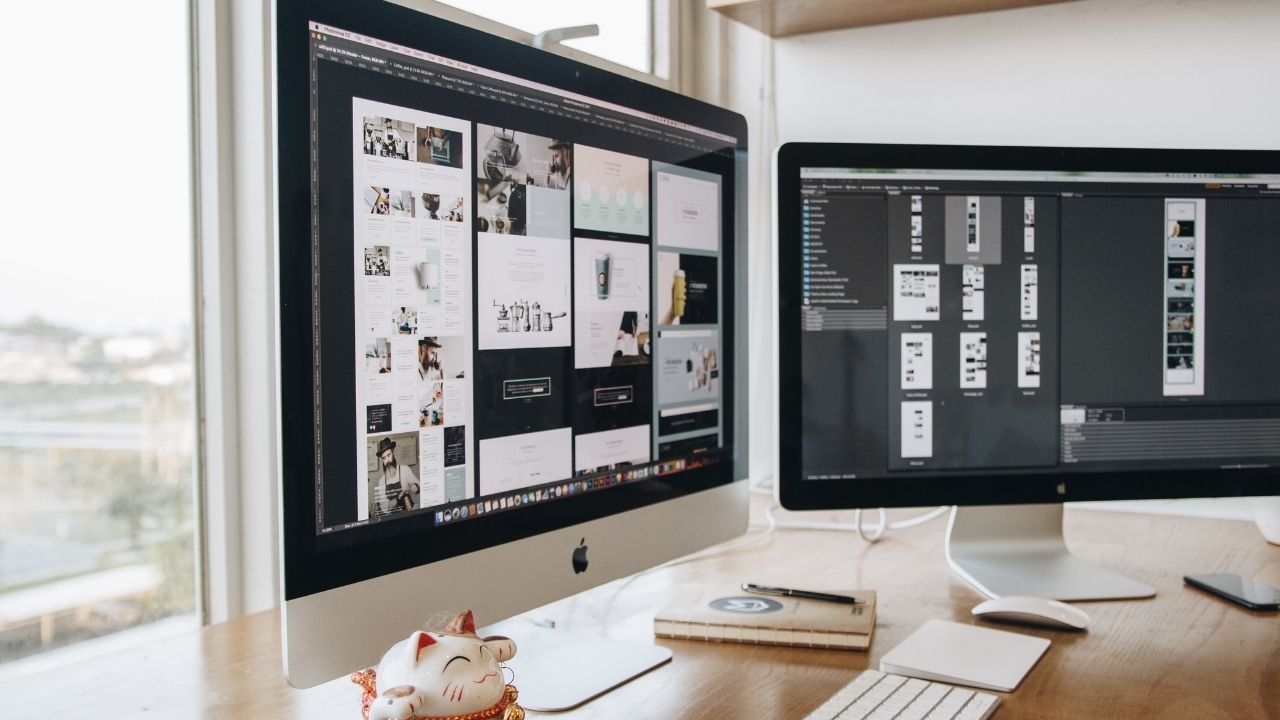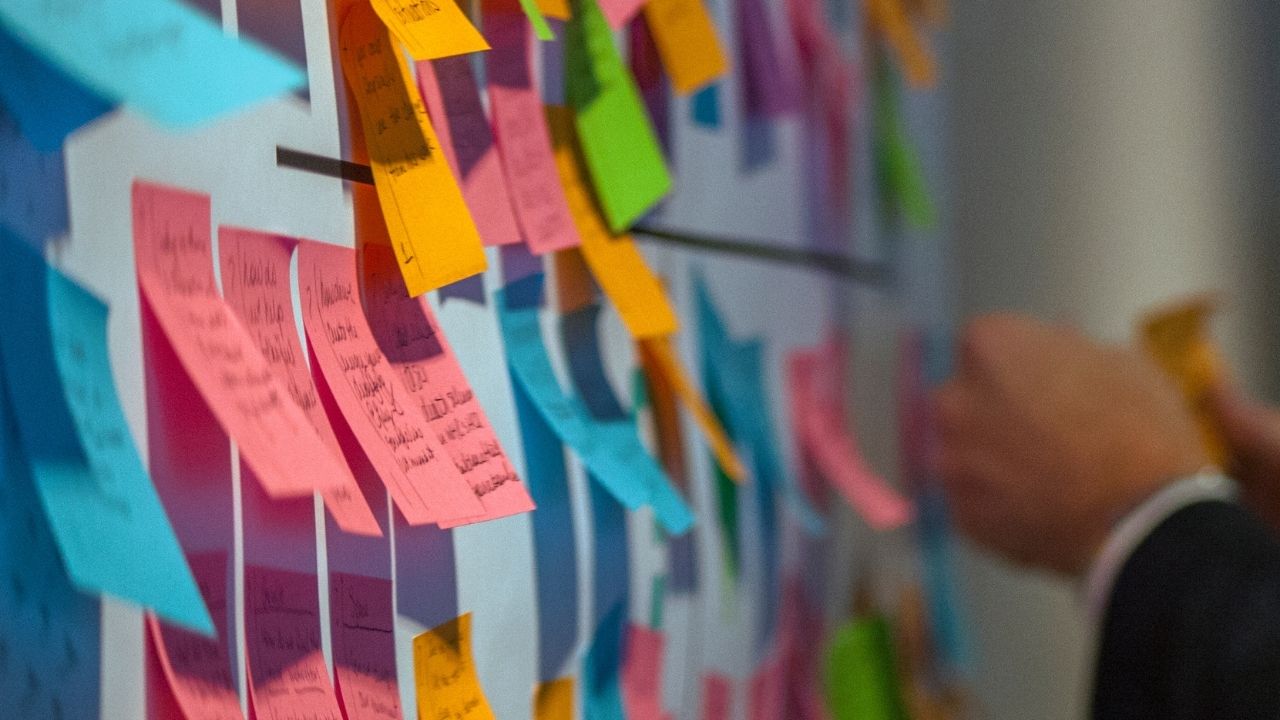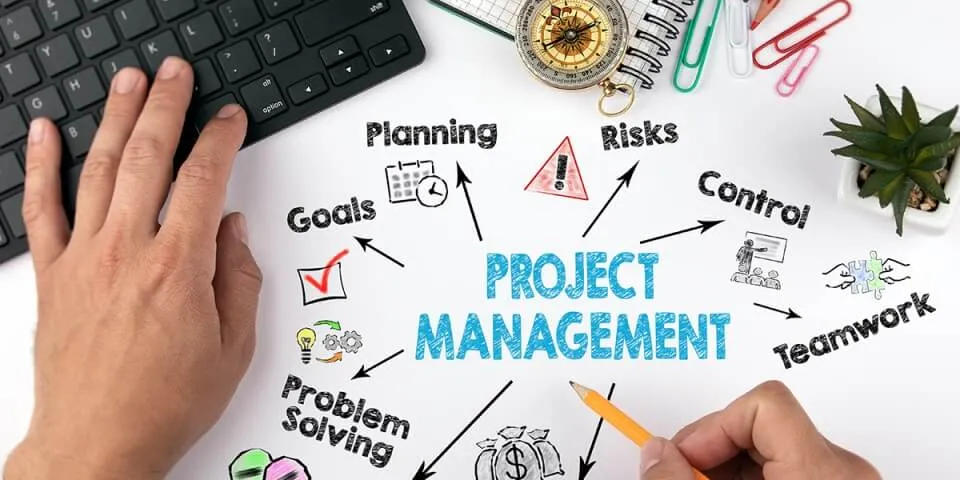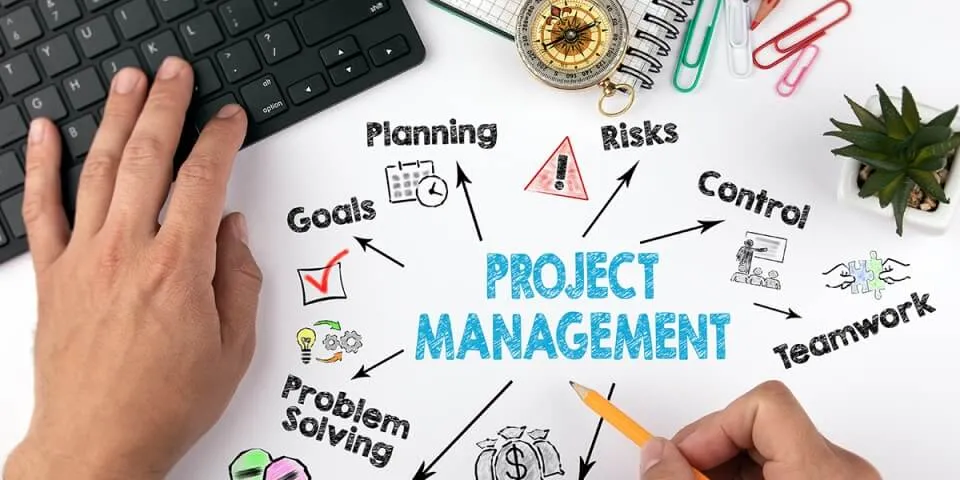Keeping track of design decisions and changes in your web design projects is one important detail that works wekk when you get it right and can cause ahgst when it's not spot on so look no further! In this article, we will show you the importance of design documentation and how to establish a framework for making design decisions.
We will also guide you through documenting the initial design concept, tracking iterations and revisions, managing client feedback, and ensuring consistency in design elements. With our tips, you'll never lose sight of your design decisions again.
Key Takeaways
- Design documentation serves multiple purposes and brings several benefits in a web design project.
- Having clear key decision criteria is important for making design decisions.
- Streamlining the design change process involves clear communication and documentation of modifications.
- Documenting the initial design concept sets the direction for future iterations and improvements.
The Importance of Design Documentation
You need to understand the importance of design documentation for effectively keeping track of design decisions and changes. Design documentation is crucial in a web design project as it serves multiple purposes and brings several benefits.
First and foremost, it provides a clear record of design decisions made throughout the project, ensuring that everyone involved is on the same page. With design documentation, you can easily refer back to previous decisions, avoiding confusion and maintaining consistency in your design approach.
Another benefit of design documentation is that it helps in communicating and collaborating with your team members, clients, and stakeholders. By documenting your design decisions, you can effectively share your ideas, gather feedback, and make necessary revisions. It ensures that everyone involved has a clear understanding of the project goals and objectives.
To effectively organize design documentation, it is essential to establish a structured system. Start by creating a folder or directory specifically for design documentation. Within this folder, create separate subfolders for different aspects of the project, such as wireframes, mockups, style guides, and meeting notes. Label your files clearly and consistently, using descriptive names that reflect their content. Additionally, consider using version control tools to keep track of changes and updates to your design documentation.
Establishing a Design Decision Framework
When it comes to making design decisions, it's important to have clear key decision criteria in place. This framework helps you evaluate various options and choose the best one based on predetermined factors. And also, streamlining design change is crucial to ensure efficiency and avoid unnecessary delays in the project timeline.

Key Decision Criteria
The key decision criteria for this web design project include factors such as usability, accessibility, and visual appeal. When evaluating alternatives, it is important to consider how user-friendly the design is and whether it meets the needs of different users. Accessibility should also be a top priority, ensuring that the website is accessible to all individuals, including those with disabilities.
Additionally, visual appeal plays a crucial role in attracting and engaging users. The design should be aesthetically pleasing, with attention to color schemes, typography, and overall layout. Prioritizing requirements is another essential aspect of the decision-making process. By identifying the most important features and functionalities, you can ensure that the website meets the core objectives and delivers the desired user experience.
Streamlining Design Change
Streamlining the design change process involves clearly communicating and documenting any modifications made to the website's layout, functionality, or visual elements. This is crucial in order to ensure a smooth and efficient design approval process, while also minimizing design back and forth.
By clearly communicating the changes made to the design, you can avoid any misunderstandings or confusion that may arise during the approval process. Documenting these modifications also helps in keeping track of the design decisions and changes, making it easier to refer back to them if needed. This documentation can be in the form of design notes, screenshots, or annotated wireframes.
Documenting the Initial Design Concept
To document the initial design concept, you should outline the main features and objectives of your website. This step is crucial in capturing the essence of your design and setting the direction for the rest of the project. By documenting the design process, you not only keep track of your decisions but also create a reference point for future iterations and improvements.
Start by clearly defining the main features you want to incorporate into your website. Consider the purpose of your website and the needs of your target audience. This will help you prioritize the elements that are most important and ensure that your design aligns with your objectives.
Next, outline the objectives you want your website to achieve. Are you aiming to increase user engagement, generate leads, or provide information? By documenting these objectives, you can measure the success of your design later on.

Throughout the process, make sure to capture the design evolution. Take screenshots or save drafts at different stages to document the changes you make. This will not only serve as a record but also allow you to reflect on the progress you've made.
Remember that documenting the initial design concept is just the beginning. As you move forward, continue to document and track any changes or updates to ensure a smooth and organized design process.
Tracking Design Iterations and Revisions
Throughout the design process, it's important to capture and document the evolution of your website's iterations and revisions. Tracking design progress and effectively managing design iterations is crucial to ensuring a successful outcome for your web design project.
By tracking design progress, you can easily identify the changes made at each stage of the project. This allows you to keep a record of the different versions of your design and understand how it has evolved over time. It also helps you to stay organized and maintain a clear overview of the project's development.
Design iteration management involves actively managing and controlling the design changes that take place during the project. It entails keeping track of design decisions, incorporating feedback, and making necessary adjustments to improve the overall design. By effectively managing design iterations, you can prevent unnecessary rework and ensure that the final design meets the desired objectives.
To track design progress and manage design iterations effectively, consider using project management tools or design collaboration platforms. These tools allow you to centralize design documentation, collaborate with team members, and maintain a clear record of design changes and decisions.
Managing Client Feedback and Changes
When it comes to handling client revisions and streamlining the feedback process, there are a few key points to keep in mind. Firstly, it's important to have clear communication channels established with your clients to ensure that their revisions are properly understood and executed.

Secondly, finding ways to streamline the feedback process, such as using online collaboration tools or implementing a structured feedback system, can greatly improve efficiency and prevent miscommunication. Lastly, being open to constructive criticism and actively seeking feedback from clients can lead to better outcomes and stronger client relationships.
Handling Client Revisions
Our team will need to address the client's revisions in order to ensure their satisfaction with the final design. Effective client communication is crucial during the design approval process. It is important to keep the client informed about the progress and gather their feedback at every stage. Regular updates and open lines of communication help establish trust and ensure that their requirements are being met.
When it comes to handling client revisions, it is essential to be responsive and accommodating. Actively listen to their concerns and incorporate their suggestions into the design. This collaborative approach not only strengthens the client-designer relationship but also leads to a better final product.
Streamlining Feedback Process
Now that you've learned how to handle client revisions effectively, let's move on to the next step in streamlining the feedback process for your web design project. Improving communication and optimizing collaboration are crucial in ensuring a smooth workflow and successful outcomes. To achieve this, consider using a project management tool that allows clients and team members to provide feedback directly on the design files. This eliminates the need for lengthy email chains and ensures everyone is on the same page.
In addition, setting clear expectations and providing detailed instructions for feedback can help avoid miscommunications and delays. Regular check-ins and status updates also promote transparency and keep everyone informed of the project's progress.
Documenting Design Rationale and Justifications
While documenting design rationale and justifications, it's important to provide a clear explanation for each decision made. Design justification is a crucial aspect of any web design project documentation. It helps you and your team understand the reasoning behind every design choice, ensuring consistency and coherence throughout the project.
Rationale documentation allows you to communicate your design decisions effectively to stakeholders and clients. By providing a clear explanation of why you made certain choices, you give them a deeper insight into your thought process and help them understand the value of your design solutions.

When documenting design rationale, it's essential to be thorough and concise. Clearly articulate the problem or goal you were addressing, explain the different options considered, and justify the chosen solution. Use visuals, such as wireframes or prototypes, to support your explanations and make them more accessible to non-designers.
Remember to keep your rationale documentation up to date as the project progresses and changes are made. This will ensure that everyone involved has access to the latest information and can make informed decisions based on the design justifications provided.
Ensuring Consistency and Coherence in Design Elements
To ensure consistency and coherence in your design elements, make sure to use a consistent color palette and typography throughout your website. By maintaining brand consistency, you create a cohesive and recognizable identity for your website. When users visit your site, they should instantly recognize your brand through the use of consistent colors and typography. This not only strengthens your brand image but also enhances the user experience.
Using a consistent color palette helps to establish a visual hierarchy and guide users through your website. It allows you to highlight important elements and create a sense of unity across different pages. By selecting colors that align with your brand identity, you can evoke certain emotions and create a consistent experience for your users.
Typography plays a crucial role in enhancing user experience as well. Consistent typography ensures that your website is visually appealing and easy to read. It helps users navigate through your content effortlessly and improves overall readability. By using the same font styles, sizes, and spacing throughout your website, you create a seamless and cohesive experience for your users.
Frequently Asked Questions
How Can Design Documentation Help in Managing Project Timelines and Deadlines?
Design documentation can help you manage project timelines and deadlines by providing a clear record of design decisions and changes. This increases efficiency and project organization, ensuring that tasks are completed on time.
What Are Some Common Challenges Faced When Documenting Design Decisions and How Can They Be Overcome?
When documenting design decisions, you may face challenges like lack of clarity or changing requirements. Overcome these obstacles by maintaining clear communication, regularly updating documentation, and involving stakeholders in the decision-making process.

How Does Documenting Design Iterations and Revisions Facilitate Collaboration Among Team Members?
Documenting design iterations and revisions facilitates collaboration among team members by providing a clear record of the changes made, allowing for easy tracking and understanding. This promotes efficient communication strategies and maximizes the collaborative benefits.
What Are Some Effective Ways to Communicate and Document Client Feedback and Changes Throughout the Design Process?
To effectively communicate and document client feedback and changes throughout the design process, use clear and concise client communication channels, like email or project management tools, and implement change tracking systems to ensure accuracy and accountability.
How Can Design Rationale and Justifications Be Effectively Documented to Ensure Clarity and Understanding Among Team Members and Stakeholders?
To effectively document design rationale and justifications, you need to communicate clearly and make decision-making transparent. This ensures clarity and understanding among team members and stakeholders throughout the design process.
Conclusion
In conclusion, keeping track of design decisions and changes through proper documentation is crucial for the success of any web design project. It helps establish a clear framework for design decisions, track the evolution of the design concept, and manage client feedback effectively.
Furthermore, documenting design rationale and justifications ensures that design choices are well-thought-out and cohesive. By maintaining consistency and coherence in design elements, you can create a polished and professional end product that meets the needs and expectations of your clients. So, don't underestimate the power of documentation in web design projects!

